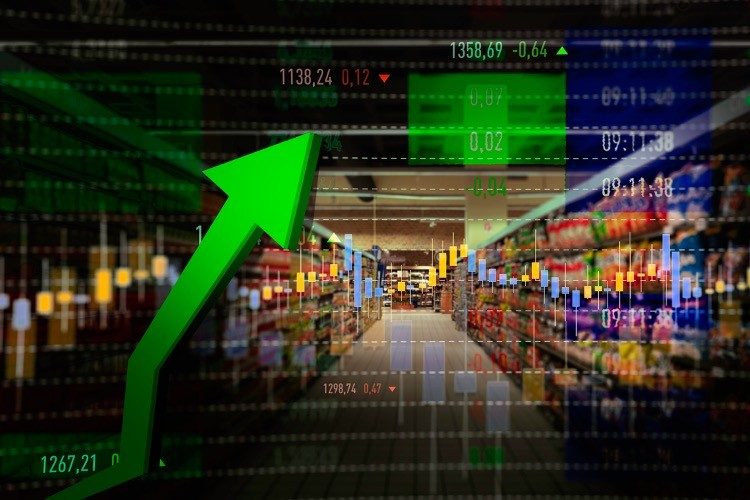
In its Beige Book, a summary of the U.S. economy published eight times a year and largely based on anecdotal evidence, the Federal Reserve claims that recent price increases are “partly attributed to ongoing supply chain disruptions, temporarily exacerbated in some cases by winter weather events.”
Its authors are lying. According to the St. Louis Federal Reserve and its measure of the growth in the supply of money for which the Fed is entirely responsible — anyone else printing U.S. currency would be prosecuted for counterfeiting — the money supply has, since last May, grown by 26 percent!
To blame the now-visible tsunami of price increases on transitory disruptions of supply chains and the weather is the worst sort of canard: It points consumers away from the real cause, leaving the Fed blameless and the consumer ignorant and helpless.
If prices for a specific product were to increase, one would look behind those rises for answers. But a general rise in price levels, affecting every sector of the economy, points to a more general cause.
As Milton Friedman — an economist of the old school — famously said, “Inflation is always and everywhere a monetary phenomenon.” If he were still alive and said this, he would likely be banned from every public forum controlled by the Left. Truth is unwelcome in today’s world.
But truth will out. One need only visit sites such as TradingEconomics.com to learn how prices are rising all across the economic spectrum, beginning perhaps with the most outrageous. In its latest summary, authors at Trading Economics wrote, “Chicago lumber futures crossed a record high of $1,600 per thousand board feet” in April. Last May, the same amount cost $200.
Say it right: The price of lumber has increased by a factor of eight in a year. That’s an 800-percent increase!
This is adding nearly $36,000 to the price of a new home.
Similar explosions have taken place in the prices of crude oil, gasoline (up from $2 a gallon a year ago to over $3 a gallon now and headed for $4), canola oil (mayonnaise), coffee, sugar, rubber, cocoa, copper, coal, steel, iron ore, aluminum, tin, zinc, lead, and nickel.
They’re showing up in used car lots: In March, the average price of trade-ins hit $17,000, up 21 percent from a year ago.
At his annual Berkshire Hathaway shareholder meeting over the weekend, billionaire investor Warren Buffet was not constrained by ideology: “We are seeing very substantial inflation. We are raising prices. People are raising prices to us.”
The Fed is studiously oblivious, issuing such inanities as this in its April 14 report: Prices “including some agricultural products, building materials, cleaning products, and microchips … only accelerated slightly” in the past month.
But those running the printing press aren’t worried. The Wall Street Journal reported that the Fed’s Board of Governors is “waiting until inflation actually arrives” before doing anything about it.
When they awaken from their self-induced slumber that board of “governors” — as if they really govern anything except the quantity of money they create — will find their options are limited, and predictable. Helen Raleigh, CFA (chartered financial analyst), wrote in The Federalist:
At this point, the economy enters a vicious cycle: as the nation’s currency depreciates, incentive increases for consumers and businesses to spend and get rid of their cash; demand drives up the prices of goods and services; central banks increase interest rates higher to combat inflation, driving up borrowing costs while depressing businesses’ investments and incentives to produce; and the value of the nation’s currency drops further, creating even more incentive to spend.
The cycle goes on and on.
As The New American recently reported, the national debt “stands well in excess of $28 trillion, with an additional million accruing every minute or so.” The question remains: Who is going to pay for all of this?
Now we know the answer: Everyone.
Related article:



